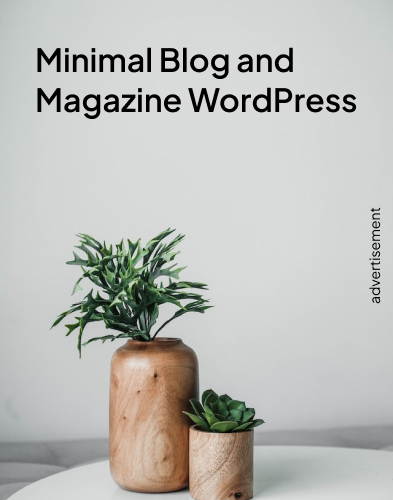The Echo of Ancestors: How Celtic Bells Ring Through Time

In the misty glens of Celtic lands, bells are more than instruments of sound—they’re vessels of memory, guardians against chaos, and bridges between worlds. From the clang of iron hand-bells in monastic cells to the joyous peal of wedding chimes, these resonant objects have shaped Celtic spirituality, culture, and daily life for millennia. Let’s unravel the layers of meaning behind one of humanity’s oldest tools, and discover why bells still echo in Celtic hearts today.
1. Ancient Guardians: Bells as Protectors
Long before church steeples dotted the landscape, Iron Age Celts used cattle horns and conch shells to ward off malevolent spirits and rally clans. These early “bells” were believed to disrupt negative energies, a practice that evolved with the arrival of Roman and Christian influences. By the 5th century, four-sided iron hand-bells emerged in Ireland, forged with ritual precision. Their sharp, piercing tones were thought to repel evil and sanctify spaces—a belief that persists in modern traditions like ringing bells at weddings to bless unions 16.
2. Sacred Relics: Bells of Saints and Miracles
The early Celtic church elevated bells to holy relics. St. Patrick’s Bell, a 9th-century iron bell enshrined in bronze, became a symbol of divine authority. Irish monks carried hand-bells during missionary journeys, using them to summon communities to prayer and mark sacred hours. These bells weren’t mere tools; they were believed to hold miraculous power. The Cloc ind Édachta (Bell of the Testament), linked to St. Patrick, was said to heal the sick and protect clans in battle. By the medieval era, such bells were encased in ornate shrines of silver and crystal, blurring the line between object and relic 245.
3. Love, Conflict, and the “Make-Up Bell”
In Irish tradition, bells became entwined with love and reconciliation. Newlyweds were often gifted a Claddagh bell etched with symbols of loyalty (hands), love (heart), and friendship (crown). More intriguingly, the “make-up bell” emerged as a tool for marital harmony. When disputes arose, couples would ring the bell to halt arguments, symbolically clearing the air and reaffirming their vows. This practice, rooted in the belief that bells “purify” emotional chaos, remains a charming custom in Irish households 38.
4. From Battlefields to Belfries: Bells as Community Anchors
Bells served as communal lifelines. In Scotland, tower bells announced invasions, while in Wales, hand-bells guided lost travelers through fog. During the Plague, bells tolled to mark curfews and funerals, their sound threading through grief. Even Ireland’s round towers, often mislabeled as belfries, stored bells as prized treasures during Viking raids. These towers, called cloc teach (bell houses), underscored the bell’s role as a protector of both faith and community 57.
5. Modern Echoes: Bells in Today’s Celtic World
Today, bells still resonate in Celtic culture:
- Weddings: Guests ring bells as couples exit ceremonies, a nod to ancient rituals warding off misfortune 68.
- Art & Jewelry: Claddagh bells and shamrock-adorned designs celebrate heritage.
- Spiritual Practices: Neo-pagans incorporate bells in solstice rituals, honoring their purifying legacy.
Conclusion: The Unbroken Chain
Celtic bells are more than artifacts—they’re living threads in a cultural tapestry. Whether clanging from a medieval abbey or chiming softly on a newlywed’s shelf, they carry the hopes, fears, and joys of generations. As the Irish saying goes: “A bell’s voice outlives its maker.” In every ring, we hear the whispers of saints, lovers, and warriors, proving that some echoes never fade.










